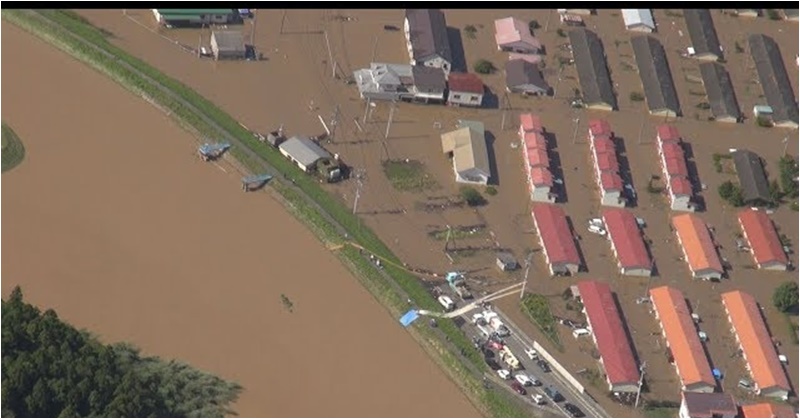With images of empty shelves in stores across the country circulating on social media over the weekend, we know that there is much need for the citizens to prepare for the typhoon as massive as what hit Japan over the weekend.
Typhoon Hagibis unleashed torrential rains and strong winds last Saturday, which left thousands of homes on Japan’s main island either flooded, damaged or without power.

Typhoon Death Toll Reaches 40 as Search-and-Rescue Ops Push Through
In line with this, rescue units across the country dug through mudslides and searched near swollen rivers Monday as they looked for those missing from a typhoon that left as many as 40 dead and caused serious damage in central and northern Japan, as shared in a report by the Japan Times.
On Monday (October 14), authorities warned of possibilities of more mudslides with rain forecast for the affected area during the day.
As per Kyodo News service, assembling information from a wide network, 40 deaths caused by the typhoon with 16 people missing have been reported. Meanwhile, the official count from the Fire and Disaster Management Agency was 19 dead and 13 missing.
Typhoon Hagibis was noted to have dropped record amounts of rain for a period in some spots, according to meteorological officials, causing more than 20 rivers to overflow. In Kanagawa Prefecture, southwest of Tokyo, 100 centimeters of rainfall was recorded over the last 48 hours.
Meanwhile, some of the muddy waters in streets, fields and residential areas have subsided. However, many places remain flooded, with homes and surrounding roads covered in mud and littered with broken wooden pieces and debris. Some places normally dry still appeared like giant rivers.
Those who lined up for their morning ration of soup at evacuation shelters, which are housing 30,000 people, expressed concern about the homes they had left behind. Survivors and rescuers will also face colder weather with northern Japan turning chilly this week.
According to Prime Minister Shinzo Abe, the government will set up a special disaster team, including officials from various ministries, to deal with the fallout from the typhoon, including helping those in evacuation centers and boosting efforts to restore water and electricity to homes.
“Our response must be rapid and appropriate,” Prime Minister Abe shared In a press statement, stressing that many people remained missing and the damage was extensive.
According to a report by government officials, the damage was serious in Nagano prefecture, where an embankment of the Chikuma River broke. Areas in Miyagi and Fukushima prefectures in northern Japan were also badly flooded.
As of Monday, 56,800 homes were still without electricity in Tokyo and nearby prefectures as per the Tokyo Electric Power Co. Meanwhile, Tohoku Electric Power Co. reported that 5,600 homes were without power in Miyagi, Iwate, Fukushima, and Niigata.
ALSO READ: An Expat’s Guide to Weather Conditions in Japan